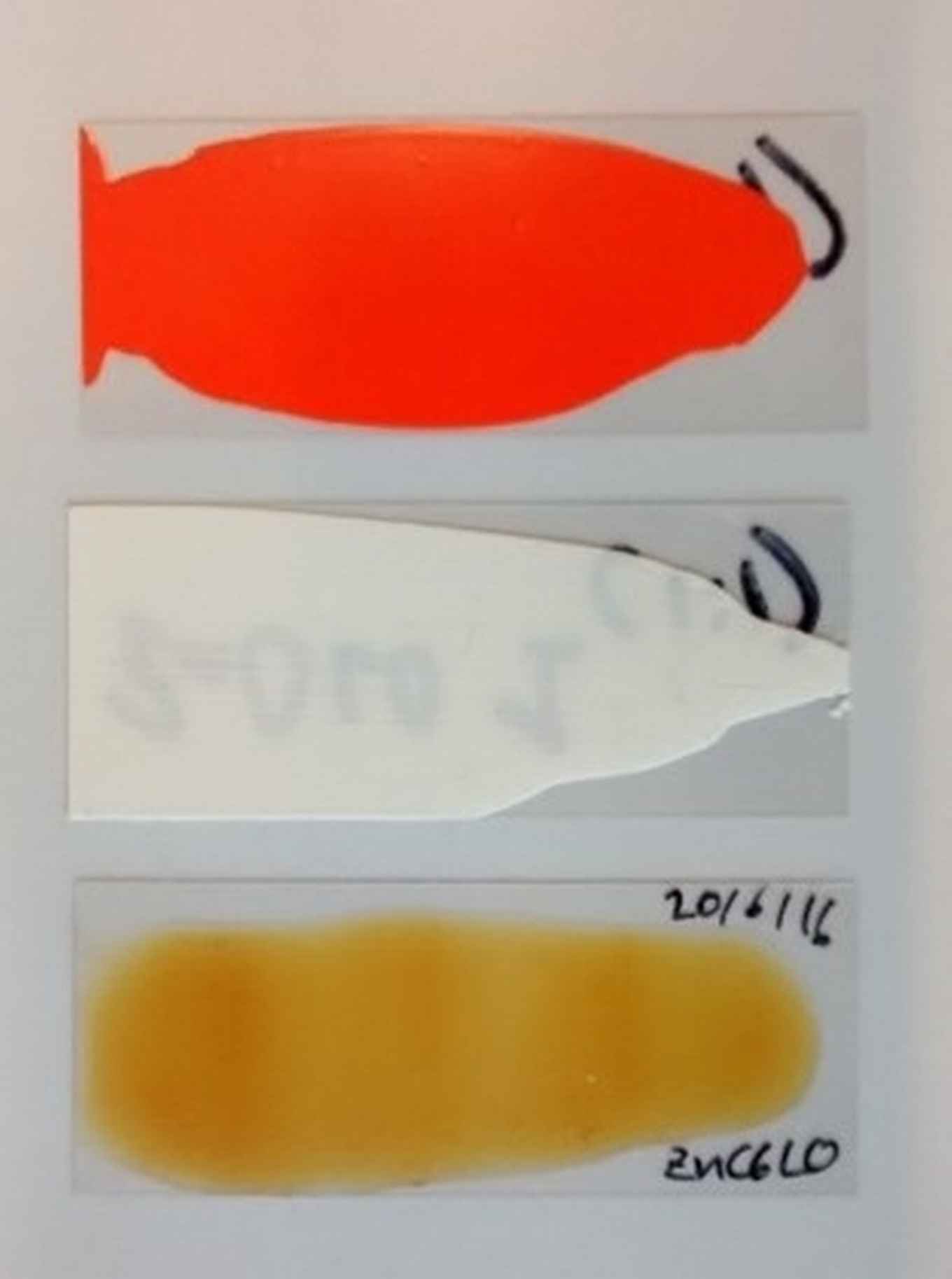Oil paint from the lab offers insight into ageing of Old Masters
Infrared spectroscopy on model systems allows following the formation of metal soaps in 'real time'
30 March 2018

Lambert Baij, Joen Hermans, Katrien Keune and Piet Iedema recently published their results in the prestigious chemical journal Angewandte Chemie. This is the first time that chemists are able to follow and analyze oil paint ageing in real time. This approach has made it a lot easier to study the influence of environmental factors on the molecular state of oil paint.
Polymer research
Because the ageing of oil paintings occurs on a timescale of decades or centuries, researchers were always limited to studying 'snapshots' in the life of a painting. While it was possible to establish the current molecular composition of paint fragments, it remained very difficult to study how that composition came to be, or how it might continue to change in the future.
The researchers from Amsterdam have now overcome some of these difficulties, using methods and techniques from the world of plastics and polymers. There, time dependent infrared spectroscopy has been used, for instance, to follow the migration of metal ions in packaging materials. Old oil paint also consists of polymer material for a large part. Moreover, metal ions play a crucial role in the formation of metal soaps, one of the most important ageing problems in Old Master paintings.
Accelerate ageing
The ageing processes in oil paintings are usually very slow, and the paintings are obviously far too precious to subject to extensive experimentation. Therefore, the researchers carried out their measurements on model systems: 'synthesized' old paints that share important properties with real oil paint, while ageing far more quickly and being very suitable for chemical experiments. These systems were developed during the PAinT project at the UvA (Paint Alterations in Time, a project financed by NWO). Their ageing occurs in a matter of hours instead of years. And because of their specially selected composition, the results of the research can usually be directly correlated to relevant ageing and degradation mechanisms in real oil paint.
Free fatty acids
The publication in Angewandte Chemie contains the first results of the real time research on the ageing of oil paint, carried out as part of the European Horizon 2020 project NANORESTART. The paper contains many chemical details that demonstrate, among other things, that the model paints are indeed a good representation of real oil paint.

The researchers also report that the formation of metal soaps is a particularly complex process, kickstarted by the presence of free fatty acids. These fatty acids are always present in oil paintings, but usually they are chemically bonded to the polymer network in the paint. However, the reaction with water (hydrolysis) can liberate the fatty acids, so they can react with metal ions in the oil polymer and crystallize as metal soaps. Since hydrolysis tends to be slow, the researchers used an excess of free fatty acids that enabled them to follow metal soap crystallization on a short timescale.
The research on paint models now shows that a very small amount of water, for instance coming from moisture in the air or from solvents, is enough to increase the speed of metal soap formation, as was suspected before. As there is a trend to allow greater fluctuations in relative humidity, the acquired knowledge is important to support the decisions on safe climate conditions in museum galleries and storage facilities. The researchers also discovered that metal ions alreadty present in the oil network are not the only ones reacting to form metal soaps. When a high concentration of fatty acids is present, it can lead directly to the breakdown of pigment particles.
Solvents
An important practical result of the research is that the treatment of paintings with organic solvent could have an accelerating effect on the migration of free fatty acids. Consequently, also metal soap formation will be affected. This discovery is relevant for the restoration of oil paintings, because sovents are often used during the cleaningof paintings and varnish removal. While the model systems used in this study exhibit the same chemical processes as real oil paint, the concentration of fatty acids in paintings is typically much lower. Therefore, researchers are working hard on follow-up projects with more realistic oil paint and conditions to determine whether current restoration practice has a significant effect on the stability of oil paint. Restorers will greatly benefit from this knowledge on the influence of solvents and water on the chemical processes in oil paint while they make their decisions on optimal restoration strategies.
Article
Lambert Baij, Joen J. Hermans, Katrien Keune, Piet Iedema: Time‐Dependent ATR‐FTIR Spectroscopic Studies on Fatty Acid Diffusion and the Formation of Metal Soaps in Oil Paint Model Systems, Angewandte Chemie, published online 9 March 2018, DOI 10.1002/anie.201712751